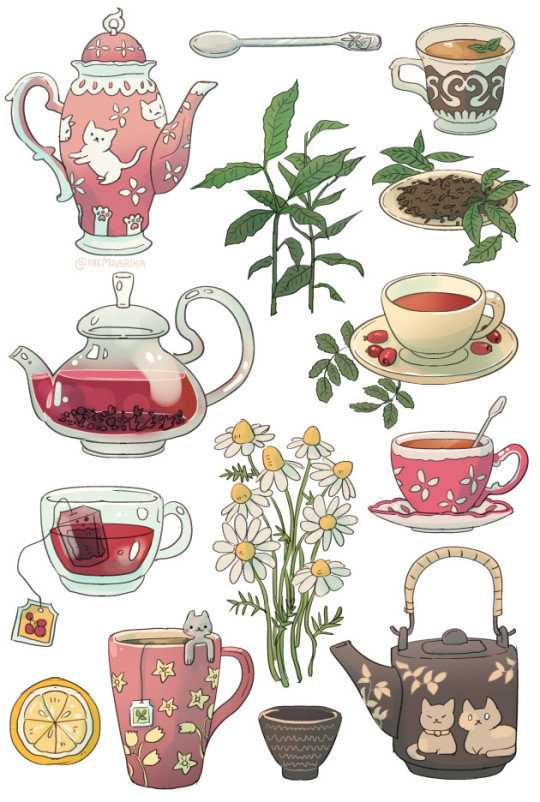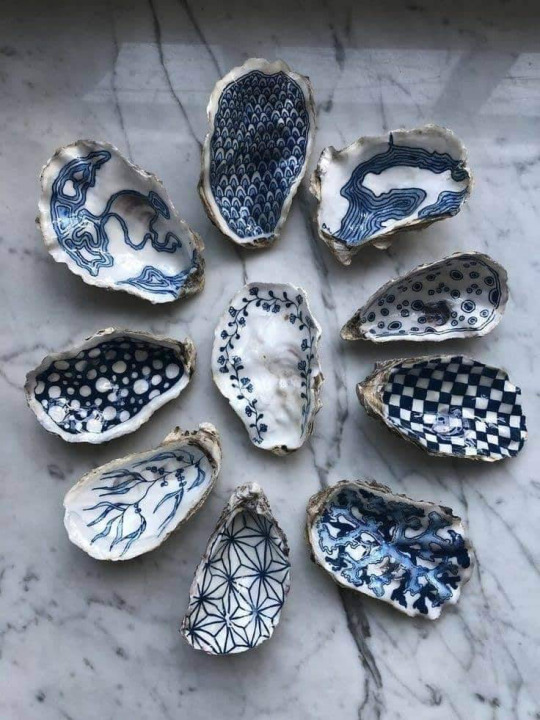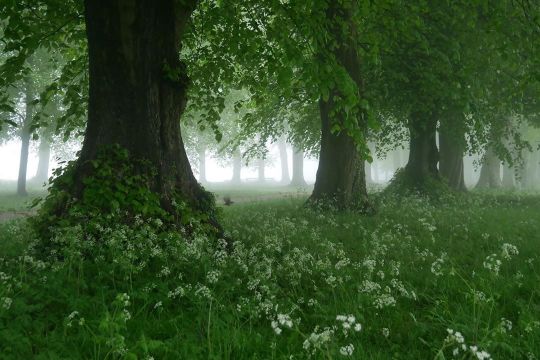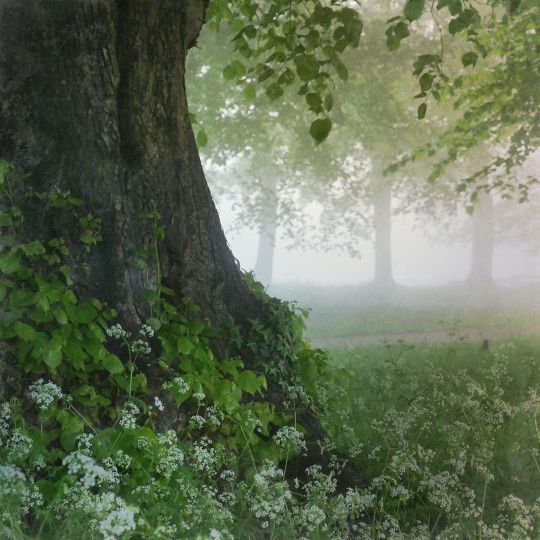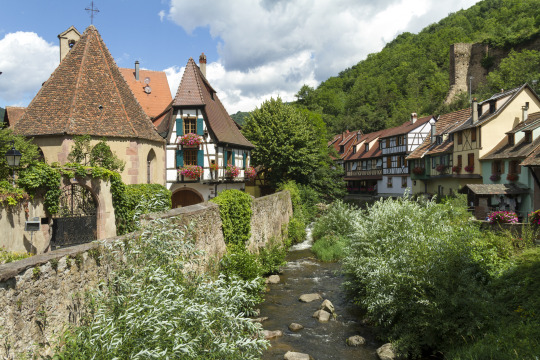Photo


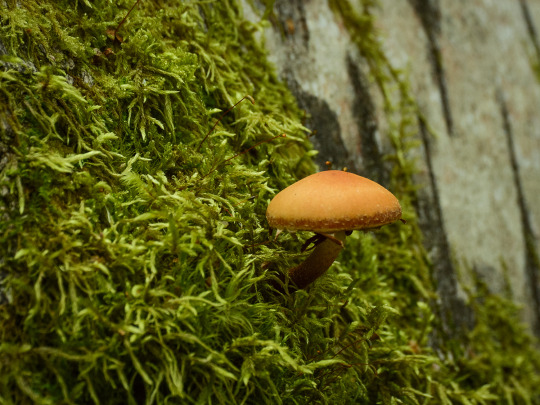
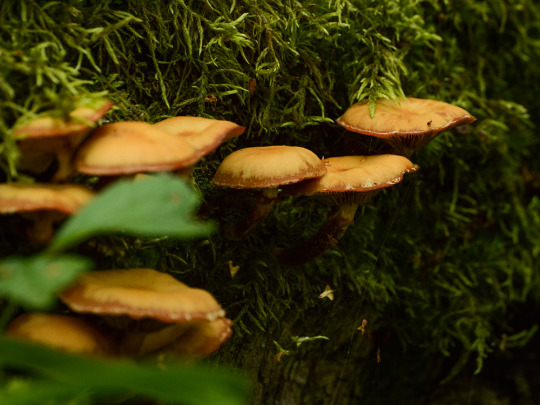
The deadly funeral bell, or its edible lookalike sheathed woodtuft, or both or neither
655 notes
·
View notes
Video
instagram
Erika breathes life back into this little bee on a cold day!
3 notes
·
View notes
Photo




Being of Light ✨ by Pierre-Alexandre Schuller
10K notes
·
View notes
Text
So in my shower there is an “au bon pain” plastic cup up on a shelf for courtesy wall rinses. Every day I am in there and look at it...this image passes through my mind.

Bienvenue Au Bon Pain, home of le bon pain, can I take your order?
#all that#kenan and kel#the good burger#good burger#au bon pain#french#baguette#kenan thompson#kel mitchell#france#spoof#spinoff
4 notes
·
View notes
Photo
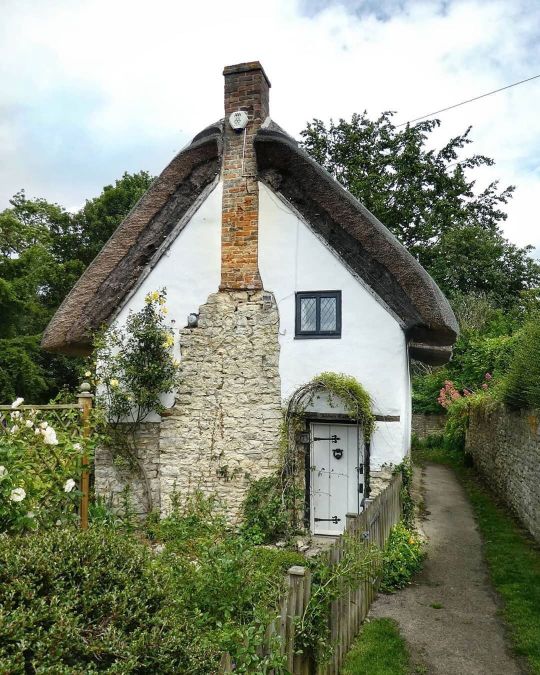
For more visit me at https://blog2collectionsanfavs.tumblr.com/
1K notes
·
View notes
Video
instagram
Don’t call an exterminator - call your local beekeeper!
7 notes
·
View notes
Video
4K notes
·
View notes
Video
instagram
A beautiful bee-havior called festooning, as filmed by the amazing Erika Thompson!
Please visit her instagram for more information and videos. She does fantastic work!
2 notes
·
View notes
Video
Wow! I’m really glad to see someone out there doing the research and sharing their knowledge. You clearly have a large following. I hope your work makes a difference!
Thank you again for sharing, and please continue tackling the many troubling issues that plague this world because of human intervention. We need more people who fight tooth and nail for important, bipartisan causes.
Harvesting frames of honey is hard work, but WELL worth it (and if you ask me, SO much fun).
Our honey house temperature is kept above 80 degrees Fahrenheit to assure comfortable honey flow. First we melt or scrape the caps off the comb!
20 notes
·
View notes
Video
Thank you for sharing my video with some information about bees!
In the case of my apiary, we are not commercial. We operate in the countryside, our hives are never crowded together and are spread out over multiple counties.
We do not murder our hives come winter. Our hives are insulated (the exit beneath the box left partially open for warmer days when they leave) and the bees keep at least two supers of honey comb for the season. The only time we substitute sugar is come early spring when the bees need a boost of energy to start their season. Killing your own bees is actually a horrible waste of money in local apiaries like ours. We need our hives to care for themselves when it comes to population control, and we need them to be strong in numbers to survive the winter!
In fact, all hives reduce their population by up to 2/3 in winter. They are a society of workers that live for their hives and actually will willingly leave the warmth of their huddle for the survival of their sisters and mother.
We do not crush drones for the sake of forcibly breeding our queens. Our new queens go on their own virgin flights come spring and are mated by the drones in flight. It’s actually quite interesting to watch if you have never seen a video!
(see link! https://www.theguardian.com/environment/video/2013/sep/06/queen-bee-wedding-flight-video )
Our queens do not lose their wings, and we do not mark them. A good beekeeper can recognize a queen easily. A good beekeeper can also safely return a swarm to a hive if the queen does leave (which will happen mostly when a hive is too small for the growing brood, or if a new queen is hatched and kicks out the old, but sometimes it happens for no discernable reason!) Sometimes swarms form in unsafe locations, from flimsy bushes to gutters on houses. Pest control would kill the bees - local apiaries will come in, find the queen, put her in a box, and the brood will follow. Hive saved!
Smoke does not panic bees. The panic comes from the invasion of the hive. The smoke interrupts the pheromones the bees use to communicate which partially silences the “alarm” caused by the pheromones.
Poorly managed honeybees are indeed a danger to other bees. This is indisputable. But that is why beekeepers need to be educated, and most are required to take classes on the subject to ensure diseases can be recognized and removed before they can spread. Unfortunately, many bees are also endangered by our agriculture practices. The chemicals spread in fields and the leaching that can carry poisons far from their original source are a threat.
I can agree that industrial level beekeeping is reprehensible. But I love my bees and in our small business we do all we can to support our hives. Honeybee populations are on the decline. With climate change and industrialization nature alone cannot rebound the numbers. But education and compassionate local beekeepers can bring understanding and love to an insect that is often misunderstood and undervalued.
I am an advocate for the conservation of land where greater varieties of native honey bees still flourish and need support (what bee does not need support?). I also believe large scale bee farms should be shut down. As I assume you are vegan I can understand entirely why this entire practice bothers you. I am a vegetarian. I have a deep respect for those that commit to a vegan lifestyle. I can only speak for my apiary, and I feel we do the intelligent, productive creatures justice.
Harvesting frames of honey is hard work, but WELL worth it (and if you ask me, SO much fun).
Our honey house temperature is kept above 80 degrees Fahrenheit to assure comfortable honey flow. First we melt or scrape the caps off the comb!
#severelynerdysheep#savethebees#honeybee#honey#apiary#farmers market#farming#honeycomb#bee#climate change
20 notes
·
View notes
